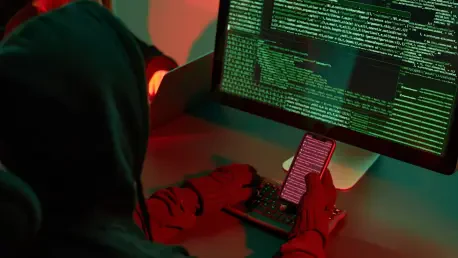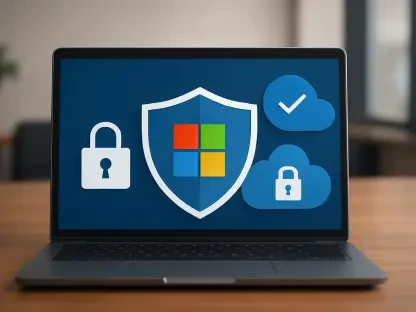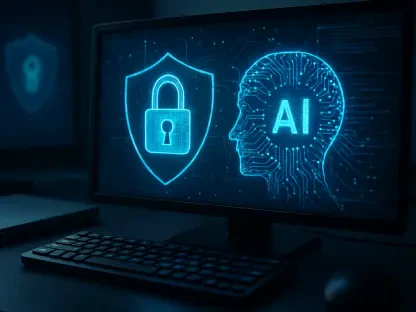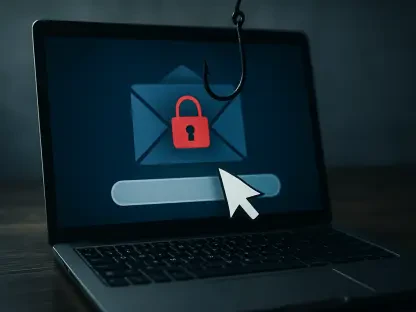In an increasingly interconnected world, the stakes of cybersecurity have never been higher. The recent emergence of ClickFix attacks targeting major operating systems such as Windows and Linux starkly illustrates the relentless innovation of cybercriminals. These attacks, masquerading as harmless application errors or verification prompts, seek to manipulate unwary users into inadvertently installing malicious software. As the digital landscape evolves, the question looms: How do hackers manage to stay one step ahead, successfully targeting every major OS?
Unraveling the Methodology of Modern Cyber Threats
The cybersecurity landscape is rapidly becoming more sophisticated as hackers continually adapt their tactics. This progression showcases not only their technical prowess but also a keen understanding of human psychology. By leveraging social engineering, these actors repeatedly devise innovative methods to exploit user vulnerabilities, underscoring the critical need for individuals and organizations to remain vigilant. With threats evolving swiftly, establishing advanced defenses and maintaining heightened awareness are imperative in today’s digital environment.
Cybersecurity’s Critical Role in the Digital Era
Both Windows and Linux systems, despite their robust structures, exhibit susceptibilities that can be exploited by savvy cyber threats. ClickFix serves as a prime example of how social engineering can be employed to exploit these systems, manipulating users into executing harmful commands under false pretenses. The rising frequency of such attacks necessitates not only a reevaluation of personal cybersecurity practices but also a more comprehensive approach to corporate digital defenses. As technology becomes ever more ingrained in everyday life, bolstering cybersecurity measures is no longer just beneficial—it’s essential.
Understanding ClickFix Attacks: A Cross-Platform Menace
ClickFix attacks rely on deception, using fake verification requests to prompt users to input commands that propagate malware. The attacks now show the capability to infect both Windows and Linux systems, representing a significant evolution in the threat landscape. For instance, on Windows platforms, PowerShell scripts may be surreptitiously executed, while Linux systems might fall prey to deceptive shell scripts. The versatility of this attack vector highlights its potential impact across different systems, amplifying the urgency for enhanced countermeasures.
Expert Insights on Addressing Cyber Threats
Industry experts emphasize the sophistication and efficacy of these modern cyber threats. Cybersecurity pioneers such as those at Hunt.io highlight the increased adaptability of such tactics, cautioning that attackers may only be beginning to harness the full potential of cross-platform exploits. Recent studies further illustrate the complexity of these threats, suggesting that their rapid evolution could outpace current defensive strategies. Acknowledging these risks is vital for the cybersecurity community to develop robust, future-proof solutions.
Strategic Actions and Defensive Measures
A proactive stance is essential in mitigating the influence of cyber threats like ClickFix. Individuals should avoid entering or executing unfamiliar commands uncritically, as this basic vigilance forms the first line of defense against potential breaches. To fortify system security, adopting comprehensive safety measures, including regular software updates and the deployment of effective cybersecurity tools, is of paramount importance. For IT teams, implementing structured frameworks that anticipate and rapidly respond to emerging threats can significantly diminish organizational risk.
As cyber threats become increasingly sophisticated and relentless, maintaining robust defenses against attacks like ClickFix proves crucial. The emphasis has shifted toward proactive strategies, highlighting the need for continuous education and adaptability in cybersecurity practices. Understanding the dynamics of these threats allows us to craft defenses that anticipate future challenges, turning vigilance and informed action into the armor against cyber adversaries.









